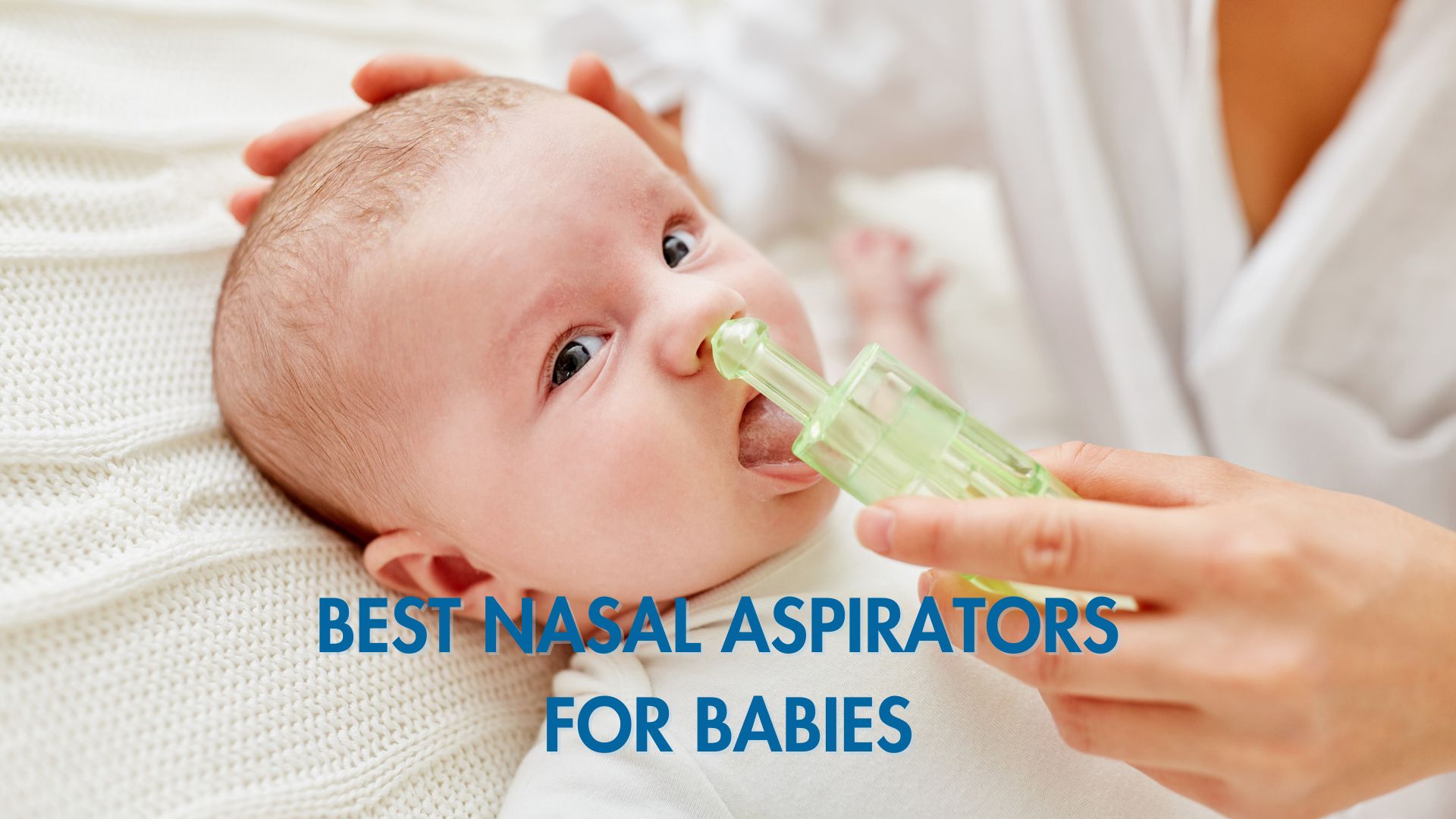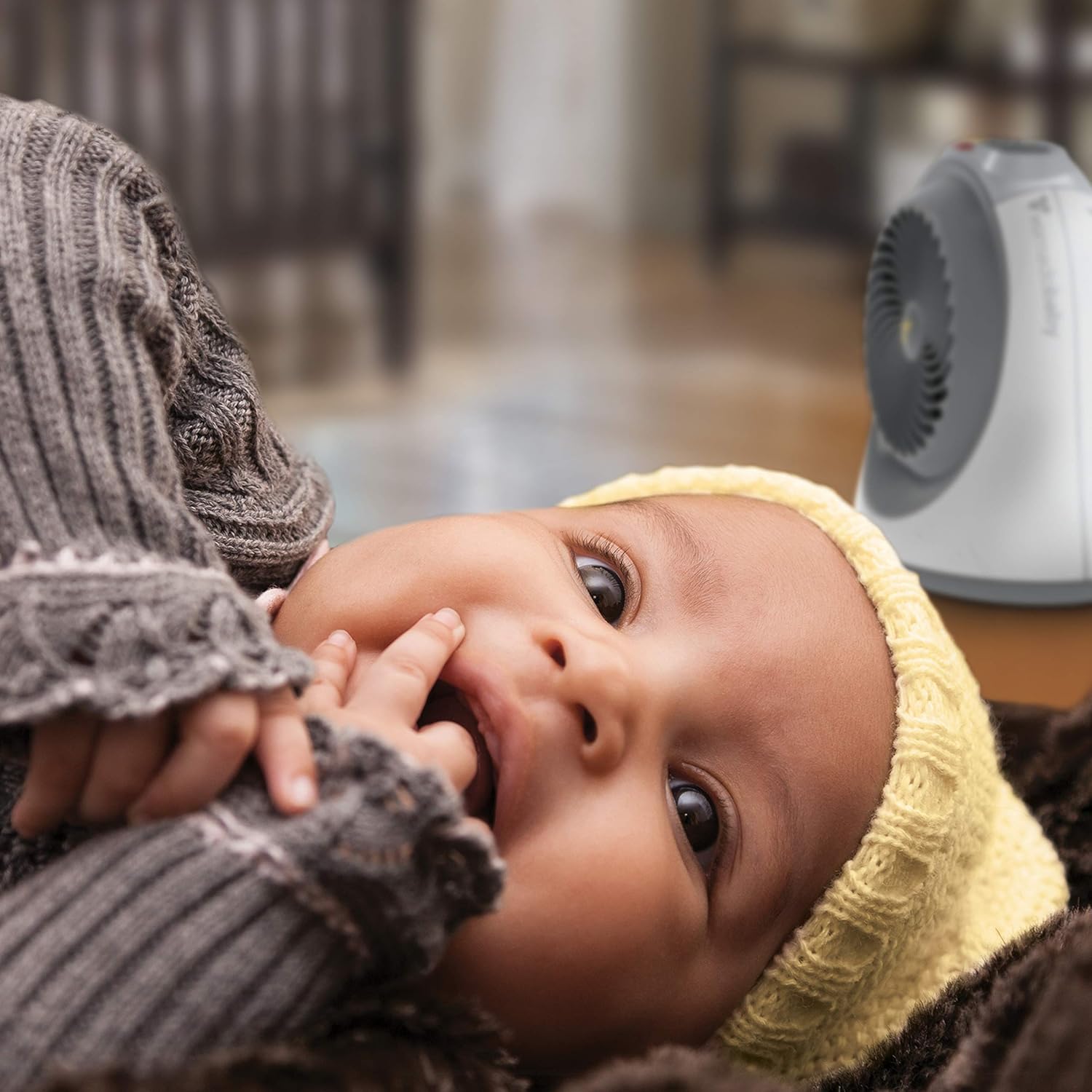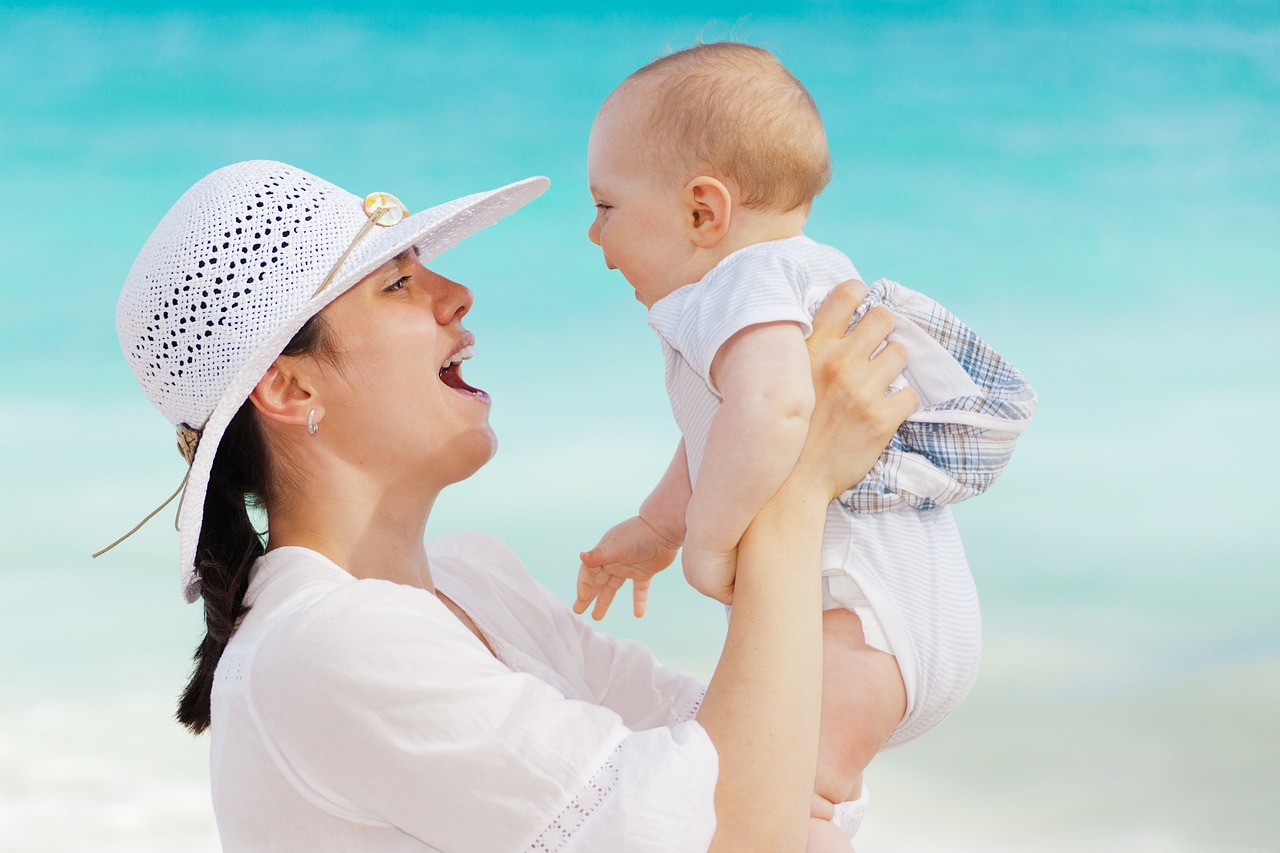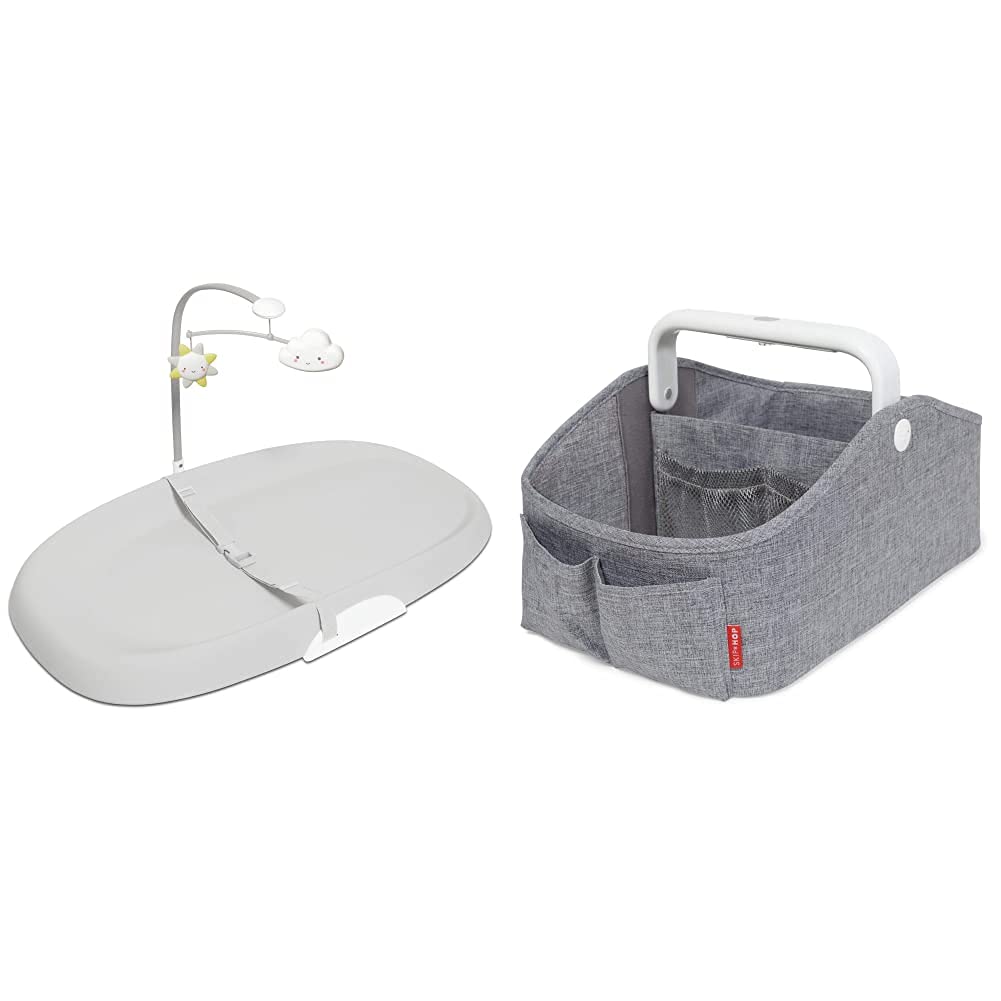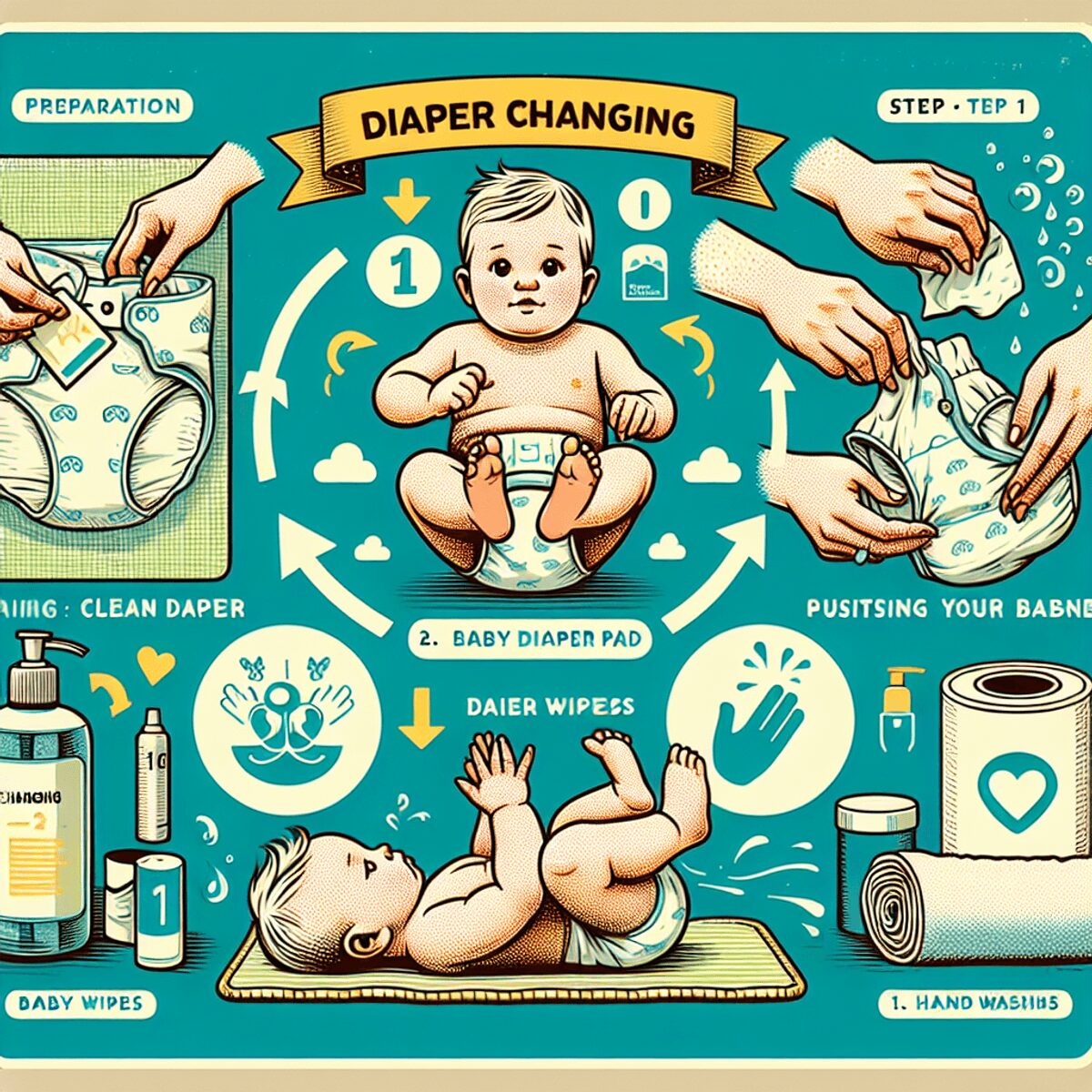
Introduction
Becoming a new parent is an exciting and sometimes overwhelming experience. Among the many new tasks you’ll be taking on, diaper changing is one of the most frequent. While it might seem daunting at first, having the right tips and supplies can make diaper changes quick and easy. This guide will cover everything from choosing the right diapers and wipes to organizing your diaper bag and managing diaper odor.
Diaper Changing Tips
Stay Prepared
Preparation is key to a smooth diaper change. Always have all your supplies within arm’s reach before you begin. This includes diapers, wipes, creams, a changing pad, and a diaper pail. One way to stay organized is to set up a dedicated diaper changing station. Having everything in one place can save you time and make the process more efficient.
Be Quick but Gentle
Babies can get squirmy during diaper changes, so it helps to be quick but gentle. Use one hand to hold your baby steady while the other hand works. Gentle movements can help calm your baby. Some parents find that talking to their baby or singing a song during the process can also help keep the baby calm and distracted.
Clean Thoroughly
Ensure you clean your baby’s diaper area thoroughly to prevent rashes and infections. Always wipe from front to back to avoid spreading bacteria, especially with baby girls. For boys, be sure to clean under the scrotum and around the penis. Keeping the area clean and dry is crucial to preventing diaper rash.
Use Diaper Rash Cream
To prevent diaper rash, apply a thin layer of diaper rash cream during each change. This acts as a barrier against moisture and irritants. Be sure to choose a cream that suits your baby’s skin type. Some babies may have more sensitive skin and may require a specific type of cream.
Make It Fun
Diaper changes don’t have to be stressful. Talk to your baby, sing songs, or have a small toy to keep them distracted and entertained. This can turn a potentially stressful task into a bonding moment. Sharing these moments can make the experience enjoyable for both you and your baby.
Essential Diaper Changing Supplies
Diaper Types and Brands
There are several types of diapers to choose from, including disposable, cloth, and hybrid options.
–Disposable Diapers: Convenient and widely available. Brands like Pampers, Huggies, and Luvs are popular choices. These diapers are easy to use and dispose of, making them a favorite for many parents.
–Cloth Diapers: Environmentally friendly and cost-effective in the long run. Brands like BumGenius and GroVia offer great options. These diapers can be washed and reused, reducing waste and saving money over time.
–Hybrid Diapers: Combine features of both disposable and cloth diapers. Brands like gDiapers offer these. They have a reusable outer shell with a disposable insert, offering the benefits of both types.
Top Recommendation: Pampers Swaddlers are highly recommended for their softness and superior absorbency. They have a wetness indicator that changes color, letting you know when it’s time for a change, which is especially helpful for new parents.
Wipes – Choosing Sensitive Skin Wipes
Baby wipes should be gentle on your baby’s skin. Look for wipes that are alcohol-free, fragrance-free, and hypoallergenic. This is important to avoid irritation, especially if your baby has sensitive skin.
Top Recommendation: WaterWipes are made with 99.9% water and a drop of fruit extract, making them ideal for sensitive skin. They are widely recommended by dermatologists and pediatricians.
Homemade Wipe Solutions
If you prefer a DIY approach, you can make your own wipes using paper towels, water, a few drops of baby wash, and a bit of baby oil. Store them in an airtight container to keep them moist. This can be a more economical and eco-friendly option.
Creams – Types of Diaper Rash Creams
There are two main types of diaper rash creams: barrier creams and treatment creams.
– Barrier Creams: These include products like Aquaphor and Desitin, which create a protective barrier against moisture. They are best used as a preventive measure.
– Treatment Creams: These contain ingredients like zinc oxide to treat existing rashes. They are effective at soothing and healing irritated skin.
Top Recommendation: Desitin Maximum Strength is excellent for treating and preventing diaper rash. It contains a high percentage of zinc oxide, which provides strong protection against moisture.
How to Apply
Apply a thin layer of cream to the entire diaper area, ensuring it covers any red or irritated spots. Always wash your hands before and after applying the cream. This prevents the spread of germs and ensures your baby’s skin stays healthy.
Changing Pad – Benefits of Using a Changing Pad
A changing pad provides a clean, comfortable surface for diaper changes. It helps contain messes and can be easily cleaned. Look for a pad with a safety strap to keep your baby secure.
Top Recommendation: The Skip Hop Pronto Changing Pad is portable and includes a built-in pillow for your baby’s comfort. It’s compact and perfect for on-the-go changes.
Diaper Pail – Choosing a Diaper Pail
A good diaper pail can help manage odors and keep your nursery smelling fresh. Look for one with a tight seal and easy-to-use disposal system.
Top Recommendation: The Ubbi Steel Diaper Pail is praised for its odor control and compatibility with regular trash bags. It’s made of steel, which doesn’t absorb odors like plastic.
Diaper Bag – Features to Look For
When choosing a diaper bag, consider one with multiple compartments, insulated pockets for bottles, and a changing pad. Comfort is also important, so look for padded straps. A well-organized diaper bag can make outings with your baby much easier.
Top Recommendation: The Skip Hop Duo Signature Diaper Bag is spacious, well-organized, and stylish. It has plenty of pockets to keep everything in its place.

Backpack for First-Time Parents – Features to Look For
A backpack can be a more comfortable and convenient option for carrying baby supplies. Look for one with plenty of compartments, a durable design, and easy access pockets.
Top Recommendation: The Columbia Carson Pass Backpack Diaper Bag is designed specifically for first-time parents with a sleek design and plenty of storage. It’s sturdy and has a convenient wipe dispensing pocket.
Organizing Your Backpack
Keep essentials like diapers, wipes, and a changing pad in easy-to-reach pockets. Use separate compartments for clothes, feeding supplies, and toys to stay organized. This can save you time when you need to find something quickly.
Spare Clothes – Importance of Having Spare Clothes
Babies can have accidents at any time, so it’s important to always have a set of spare clothes in your diaper bag. Choose clothes that are easy to change, like onesies and pants with snaps.
Top Recommendation: Gerber Baby Onesies are affordable, soft, and come in multi-packs. They are easy to change and comfortable for your baby.
Best Materials for Baby Clothes
Choose clothes made from soft, breathable fabrics like cotton. These are gentle on your baby’s skin and easy to clean. Avoid materials that can cause irritation or overheating.
Personal Anecdotes and Additional Tips
First Diaper Changing Experience
As a first-time parent, your first diaper-changing experience might be memorable and a bit challenging. When I first changed my baby’s diaper at the hospital, I remember feeling a mix of nervousness and excitement. It took a few tries to get it right, but with practice, I became more confident and efficient. Remember, it’s okay to make mistakes and learn as you go.
Involving Your Partner
Diaper changing doesn’t have to be a solo task. Involve your partner and make it a team effort. This not only lightens the load but also strengthens your bond as you navigate parenthood together. Sharing responsibilities can make the experience more enjoyable and less stressful.
Nighttime Diaper Changes
Nighttime diaper changes can be challenging, especially when you’re sleep-deprived. To make it easier, keep a small basket with essentials like diapers, wipes, and cream by the bedside. This way, you don’t have to fully wake up and can quickly change the diaper with minimal disruption.
Diaper Changing on the Go
When you’re out and about, finding a clean place to change your baby’s diaper can be tricky. Always carry a portable changing pad and disposable diaper sacks for dirty diapers. Look for family restrooms or dedicated changing stations, but if none are available, the backseat of your car can work in a pinch.
Handling Diaper Rash
Diaper rash is common and can be distressing for both you and your baby. If your baby develops a rash, give them some diaper-free time to let their skin breathe. Use warm water and a soft cloth instead of wipes to clean the area, and apply a generous layer of diaper rash cream. If the rash persists, consult your pediatrician for further advice.
Organizing Your Diaper Changing Station
A well-organized diaper changing station can make a huge difference. Use baskets or bins to keep supplies neatly arranged and within reach. Label the containers so you can easily find what you need, even during late-night changes. Keeping the area tidy helps reduce stress and makes diaper changes more efficient.
Recommended Products Summary
- Diapers: Pampers Swaddlers
- Wipes: WaterWipes
- Diaper Rash Cream: Desitin Maximum Strength
- Changing Pad: Skip Hop Pronto Changing Pad
- Diaper Pail: Ubbi Steel Diaper Pail
- Diaper Bag: Skip Hop Duo Signature Diaper Bag
- Backpack for First-Time Parents: Columbia Carson Pass Backpack Diaper Bag
- Spare Clothes: Gerber Baby Onesies
First-time Parent Hacks Summary
- Stay Prepared: Always have all your supplies within reach before starting a diaper change.
- Be Quick but Gentle: Handle your baby gently and quickly to minimize discomfort.
- Clean Thoroughly: Ensure thorough cleaning to prevent rashes and infections.
- Use Diaper Rash Cream: Apply a thin layer of cream to protect against diaper rash.
- Make It Fun: Engage your baby with songs, talk, or a small toy to make the process enjoyable.
- Organize Your Supplies: Keep your diaper changing station tidy and well-stocked.
- Plan for Nighttime Changes: Keep a small basket with essentials by the bedside for easy nighttime changes.
- Carry Essentials On-the-Go: Have a portable changing pad and disposable diaper sacks when out and about.
- Involve Your Partner: Share diaper changing duties to lighten the load and strengthen your bond.
- Monitor and Treat Diaper Rash: Give your baby some diaper-free time and use diaper rash cream as needed.
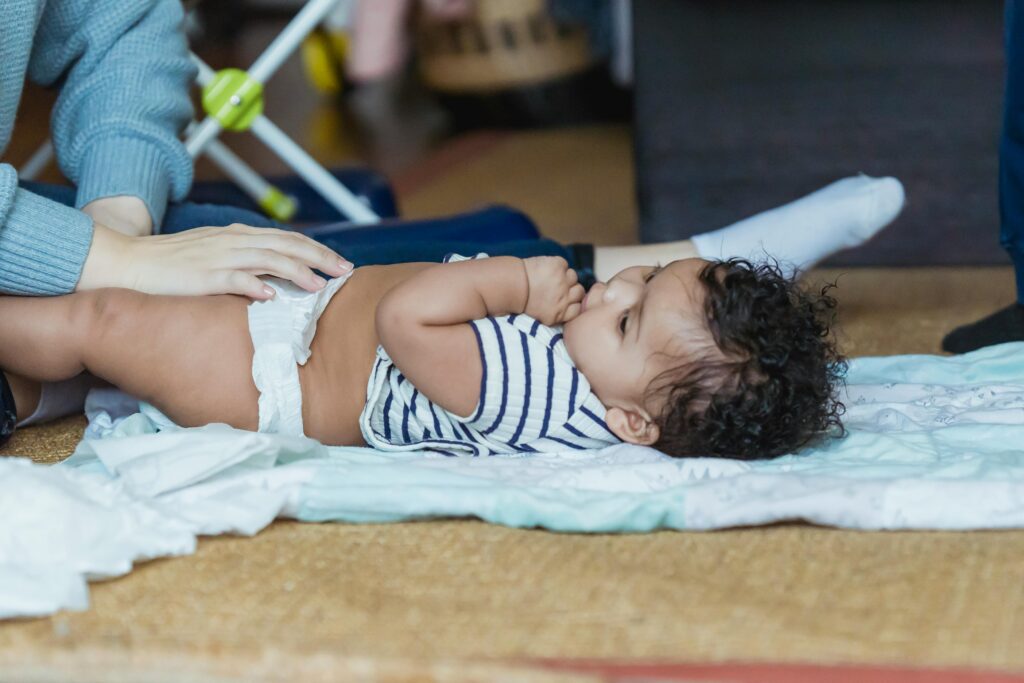
FAQs About Diaper Changing
Q: How often should I change my baby’s diaper?
A: It’s important to change your baby’s diaper every 2-3 hours or as soon as it becomes wet or soiled. Keeping the diaper area clean and dry helps prevent diaper rash and infections.
Q: What’s the best way to prevent diaper rash?
A: To prevent diaper rash, ensure you change your baby’s diaper frequently, clean the diaper area thoroughly, and use a diaper rash cream as a barrier against moisture. Giving your baby some diaper-free time each day can also help.
Q: How do I choose the right size diaper for my baby?
A: Diaper sizes are typically based on your baby’s weight. Check the packaging for weight guidelines and ensure the diaper fits snugly without being too tight. If you notice leaks or red marks on your baby’s skin, it might be time to go up a size.
Q: Can I use baby powder during diaper changes?
A: While some parents use baby powder to keep the diaper area dry, it’s generally recommended to avoid it, especially talc-based powders. Cornstarch-based powders are safer, but it’s best to consult your pediatrician before using any powder.
Q: What should I do if my baby gets a diaper rash?
A: If your baby gets a diaper rash, clean the diaper area gently with water and a soft cloth. Avoid using wipes with alcohol or fragrance. Apply a thick layer of diaper rash cream and give your baby some diaper-free time to let the skin breathe. If the rash persists or worsens, consult your pediatrician.
Q: How can I make diaper changes more enjoyable for my baby?
A: Making diaper changes fun can help keep your baby calm. Sing songs, talk to your baby, and provide a small toy for distraction. This interaction can make the experience more pleasant for both you and your baby.
Q: Is it normal for my baby to have a bowel movement after every feeding?
A: Yes, it’s common for newborns to have frequent bowel movements, especially if they are breastfed. This usually normalizes as they grow older. However, if you’re concerned about the frequency or consistency of your baby’s bowel movements, consult your pediatrician.
Q: What should I keep in my diaper bag for outings?
A: A well-stocked diaper bag should include diapers, wipes, a changing pad, diaper rash cream, spare clothes, disposable diaper sacks, hand sanitizer, and feeding supplies like bottles or snacks. Having these essentials on hand can make outings with your baby smoother and more enjoyable.
Conclusion
Diaper changing is an essential part of caring for your baby, and having the right supplies and techniques can make the process much smoother. By staying prepared, being gentle, and using high-quality products, you can ensure that diaper changes are quick, efficient, and comfortable for your baby. Remember to make the experience fun and interactive to strengthen your bond with your little one.
Join the Conversation
We hope these tips and product recommendations help make your diaper-changing routine easier and more efficient. Do you have any favorite diaper-changing hacks or products? Please share your experiences in the comments below and help other first-time parents on their parenting journey! If you find this guide helpful, please share it with other first-time parents who might benefit from these insights. Let’s build a supportive community together!
